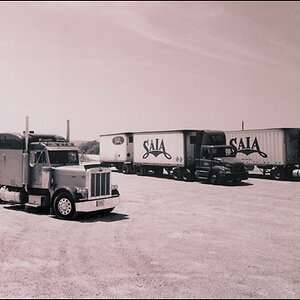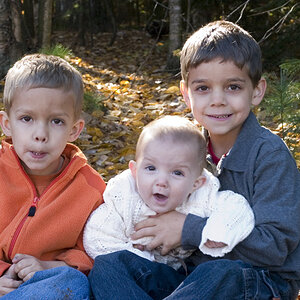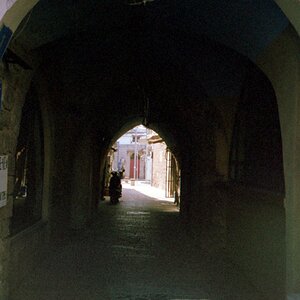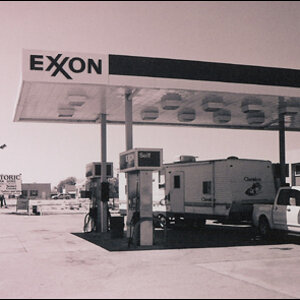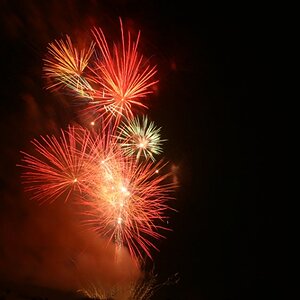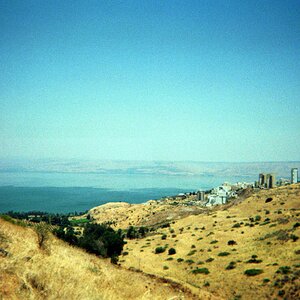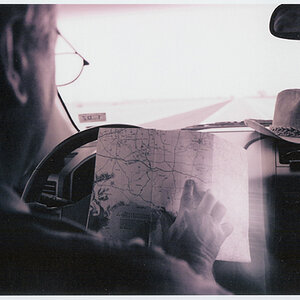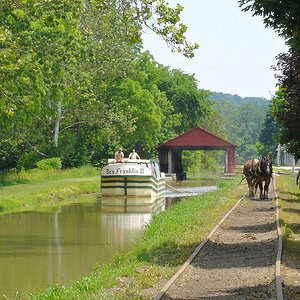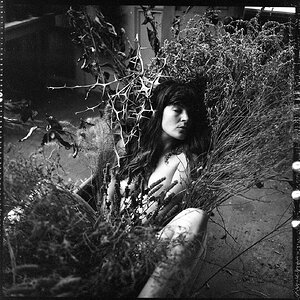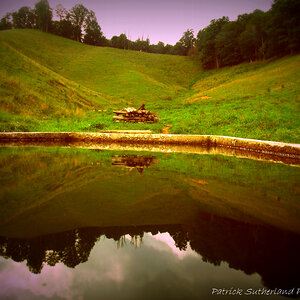- Joined
- Aug 15, 2013
- Messages
- 13,695
- Reaction score
- 3,369
- Location
- SE Michigan
- Can others edit my Photos
- Photos OK to edit
Don't bother memorizing it. Here's the trick: Use f/1.4 and f/2 as the base. Alternately double them to get the rest of the stops, so -- 1.4, 2, 2.8, 4, 5.6, 8, ... etc.
Why look at that .... I would have never figured that out.


